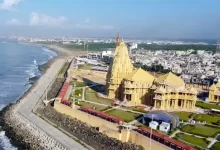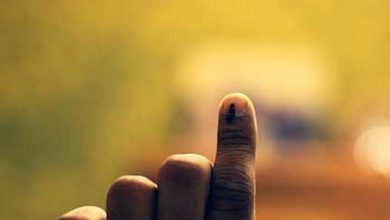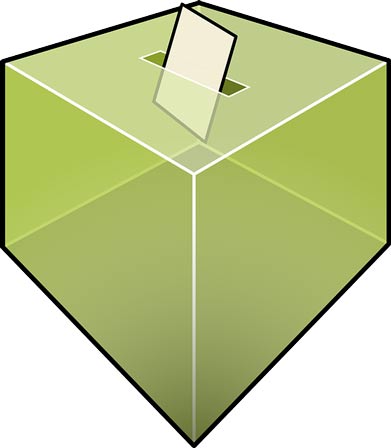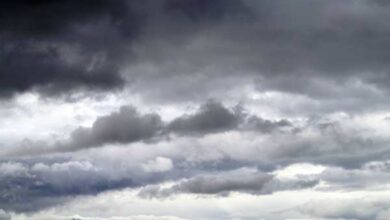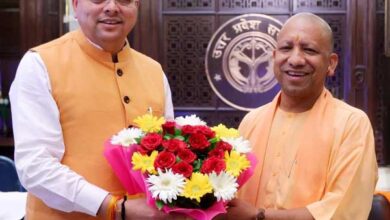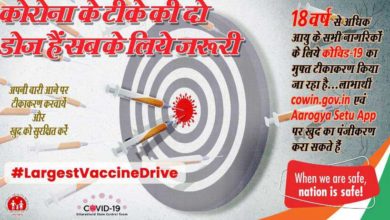9th November 2000: A state is born after years of struggle
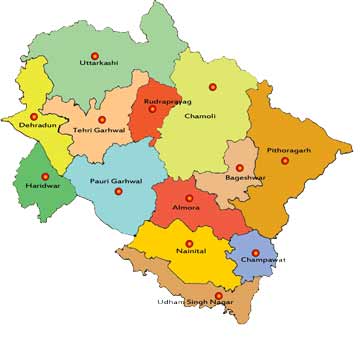
Uttarakhand celebrates its 15th formation day
New millennium, new stars, new technologies
To put things into perspective when the state of Uttarakhand (Uttaranchal at that time) was formed Atal Bihari Vajpayee was the prime minister of India, a teenager in the US was yet to develop the idea of Facebook, Hrithik Roshan was making his bollywood debut in Bollywood while Yuvraj Singh and Zaheer Khan announced themselves in the International arena. Priyanka Chopra was yet to win the Miss World title and the world was grooving to Ricky Martin, Westlife and the Spice Girls. The first camera phone was yet to launch , Windows 2000 was the latest Operating System from Microsoft, Andre Agassi and Pete Sampras were ruling the tennis world. The world was changing and that to a rapid pace.
9th November 2000: A state is born after more than 70 years of struggle
More than 70 years of struggle for thousands of statehood activists finally payed off when on 9th November 2000, the state of Uttaranchal came into official existence. It all started in 1930 when residents of the hill region had moved a resolution by majority vote claiming for a separate state of Uttarakhand. The demand took shape of an agitation in 1957. Demonstrations were held under the leadership of erstwhile ruler of Tehri — Manvendra Shah. However, it was nearly 15 years later that the agitation became a common cause of the people of the region after formation of Uttarakhand Rajya Parishad in 1973. The parishad became a platform for statehood struggle.
Although the erstwhile hill kingdoms of Garhwal and Kumaon were traditional rivals with diverse lingual and cultural influences due to the proximity of different neighbouring ethnic groups, the inseparable and complementary nature of their geography, economy, culture, language, and traditions created strong bonds between the two regions. With people of the hills feeling more and more neglected with each passing year, the demand for statehood grew stronger.
The Rampur Tiraha firing case on the night of October 1, 1994 could be seen as the tipping point when demand for separate statehood (within the Union of India) achieved almost unanimous acceptance among the local populace as well as political parties at the national level.
In 1998 the BJP-led coalition government in the center sent the ‘Uttaranchal Bill’ to the Government of Uttar Pradesh through the President of India. With 26 amendments the Uttaranchal Bill was passed by the Uttar Pradesh Assembly and sent back to the Central Government. The Central Government on July 27, 2000, presented the Uttar Pradesh Reorganisation Bill 2000 in the Parliament of India. It was passed by Lok Sabha om August 1, 2000, and the Rajya Sabha passed the bill on August 10, 2000. Then President of India, K. R. Narayanan approved the Uttar Pradesh Reorganisation Bill, on August 28, 2000, and then it turned into Act and on the 9th November, 2000 the new state Uttaranchal came into existence as the 27th state of India.
Political hindrances in creation of Uttarakhand
In 1994, chief minister Mulayam Singh Yadav who was against the formation of the hill state, set up Kaniskya Committee for evaluating demands for Uttarakhand. On June 21, 1994, the committee submitted its report in favour of the new state. It was following the committee’s report that students launched a massive movement all over the hill region.
The Bharatiya Janata Party (BJP) led central and Uttar Pradesh state governments stirred up a controversy by initiating a new round of state reorganization in 1998 and introducing the name Uttaranchal for the yet to be created hill state.
In August 2006, India’s Union Cabinet assented to the four-year-old demand of the Uttaranchal state assembly and leading members of the Uttarakhand movement to rename Uttaranchal state as Uttarakhand and in October 2006 Legislation to that effect was passed by the State Legislative Assembly.

